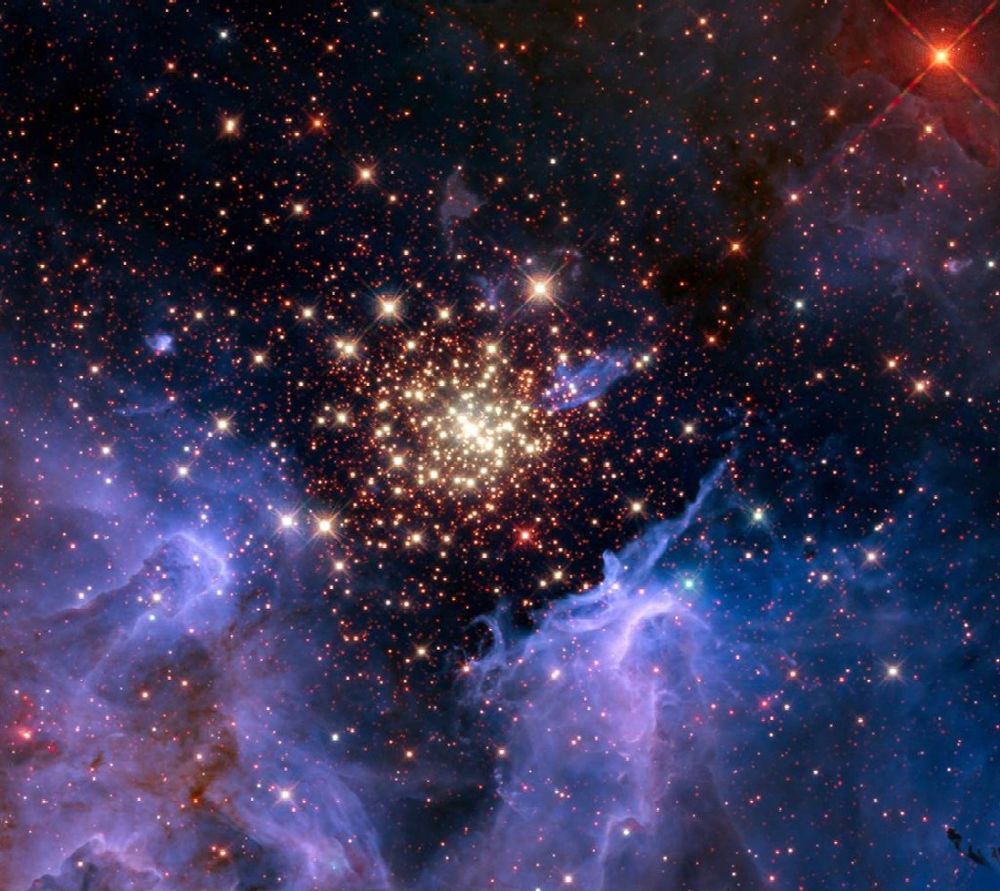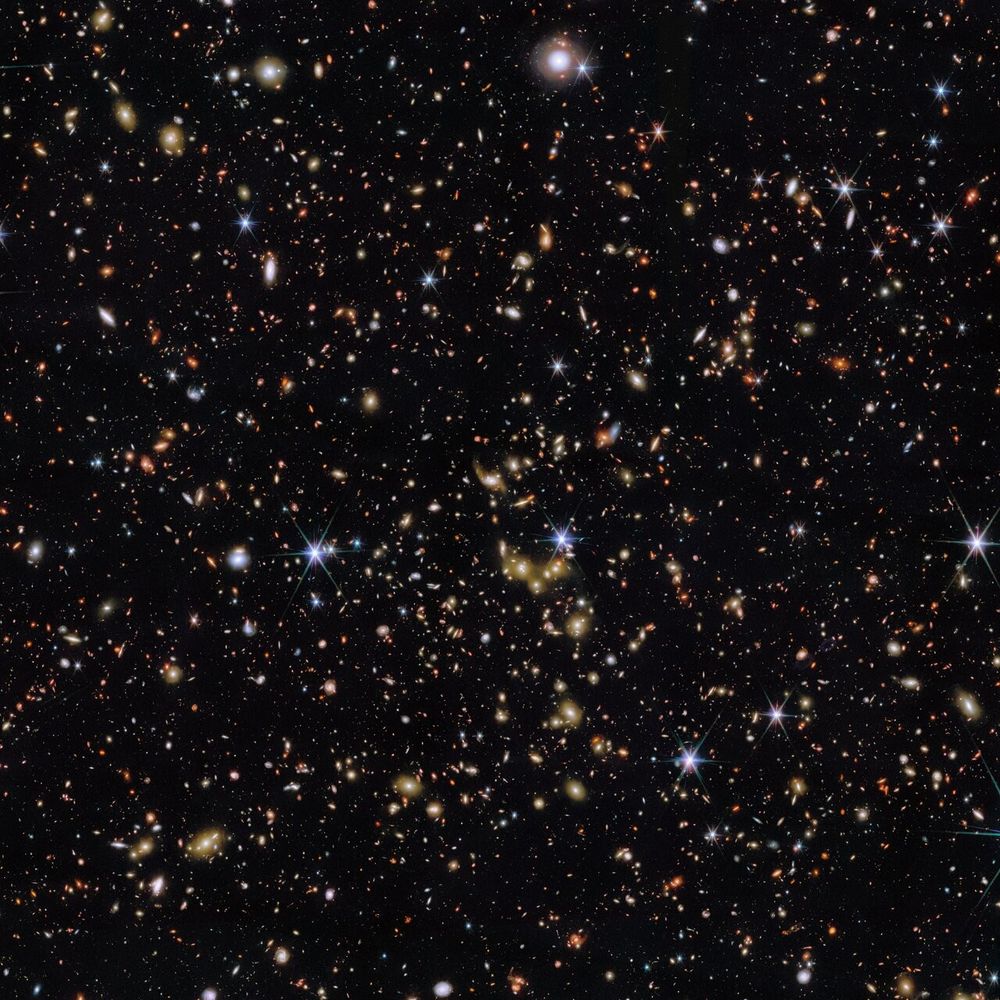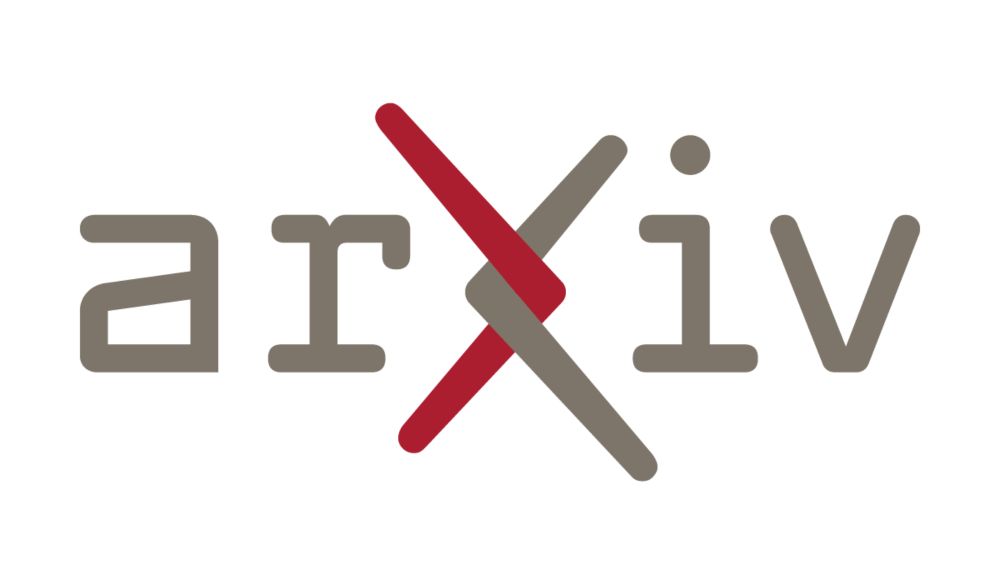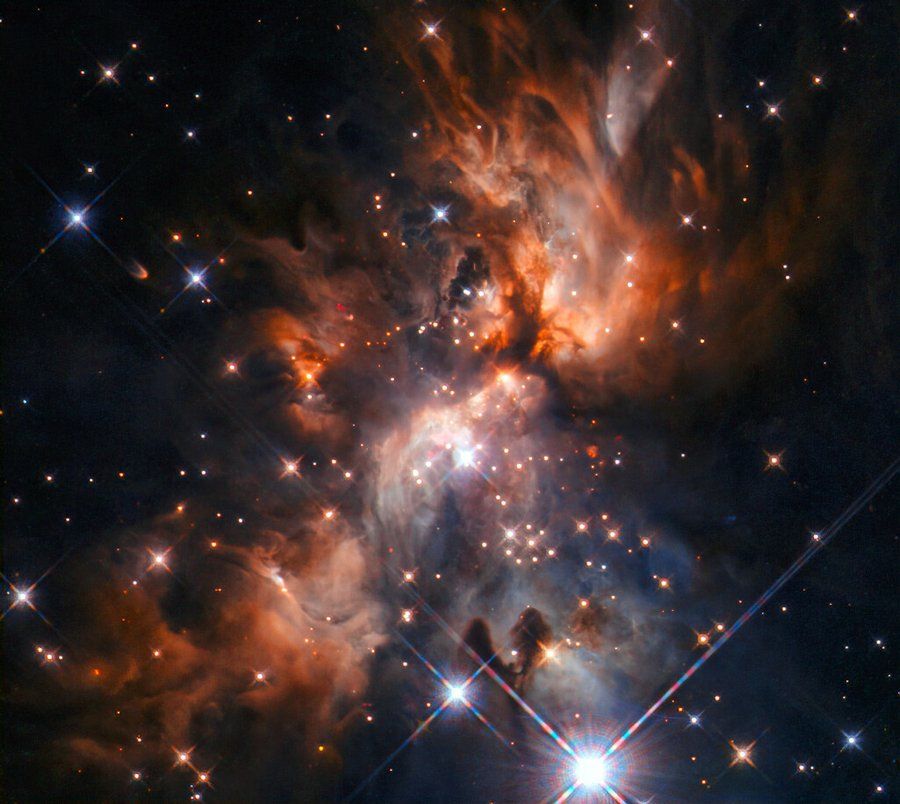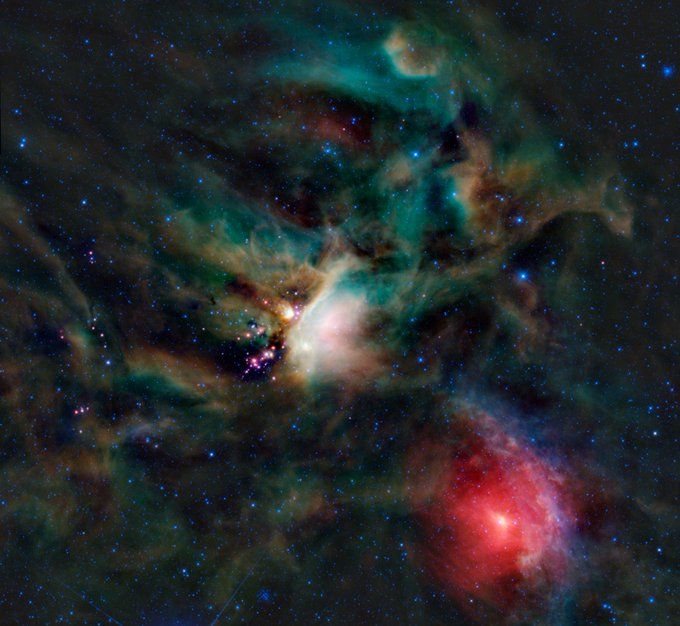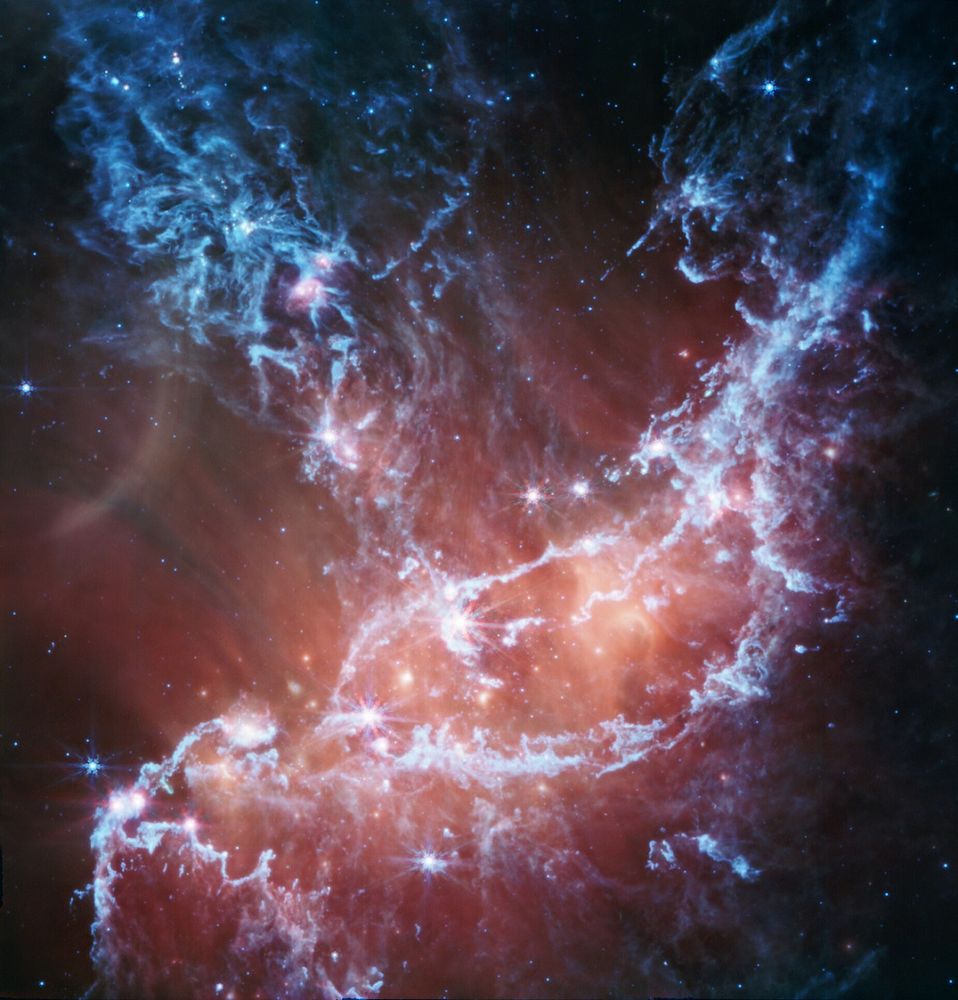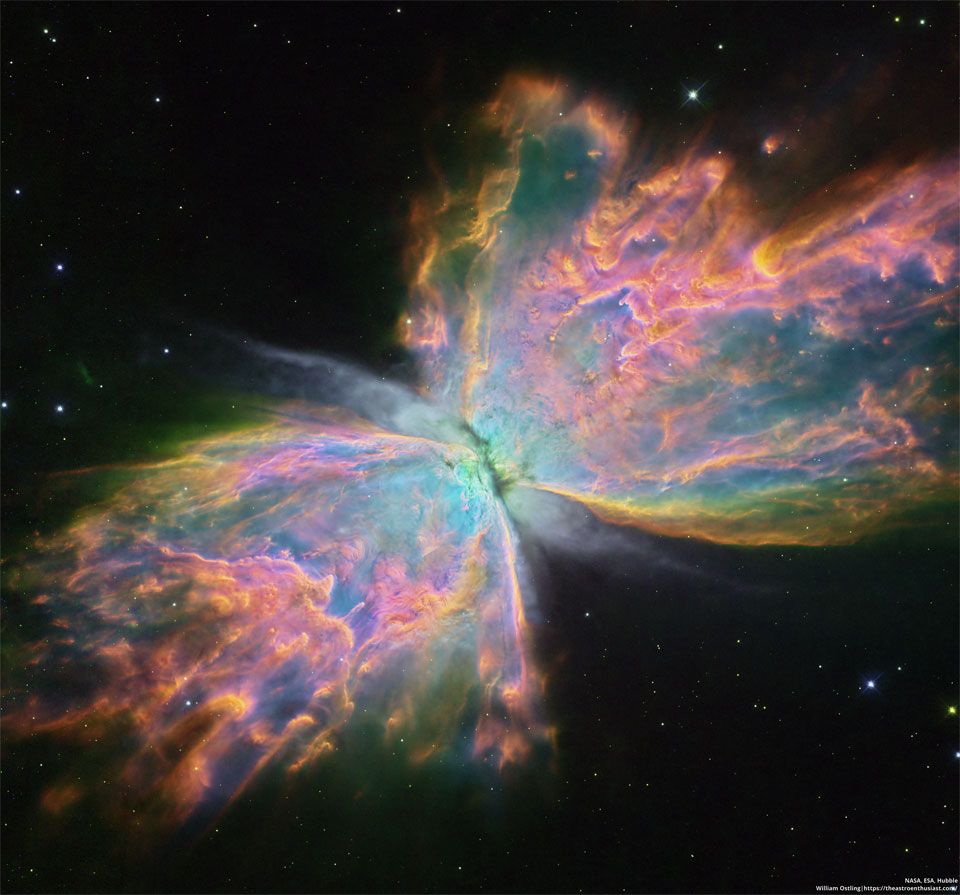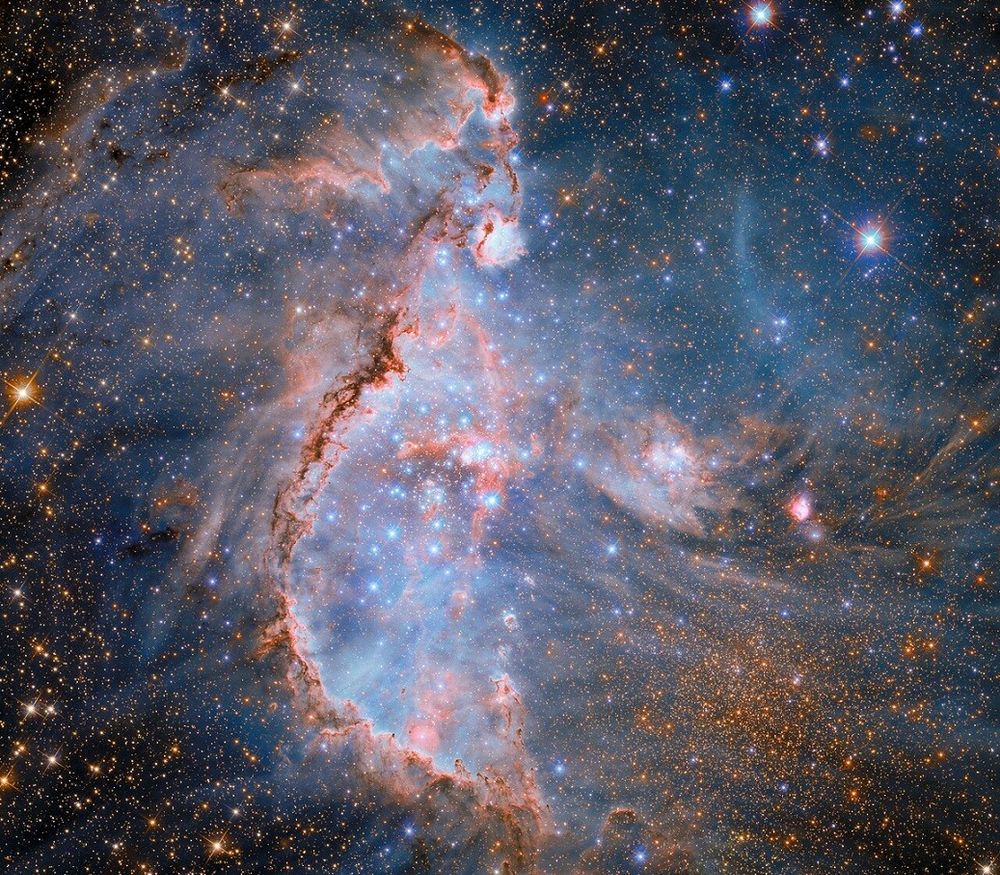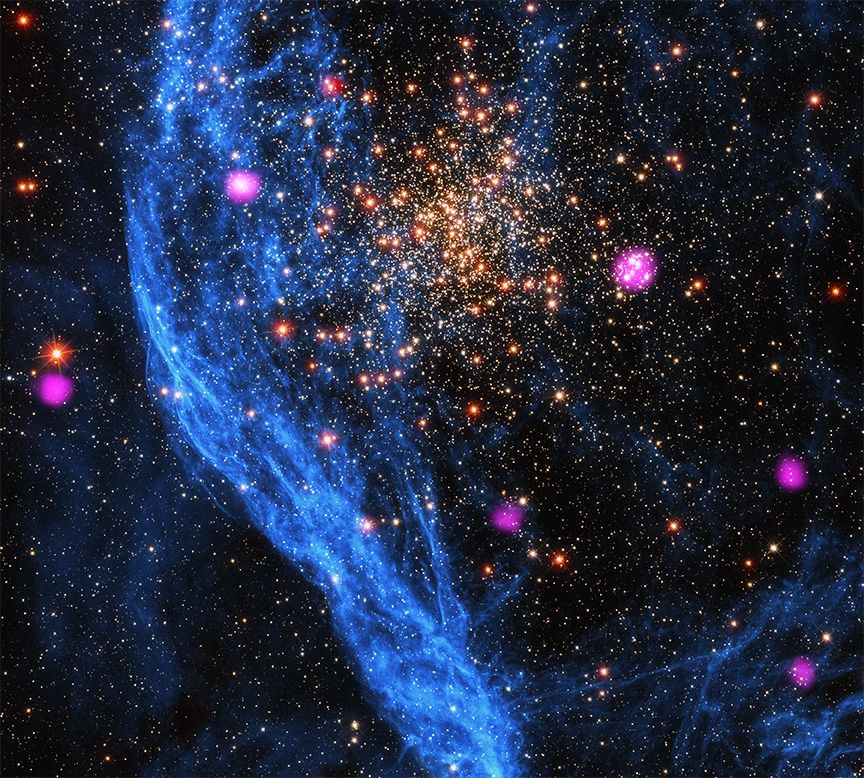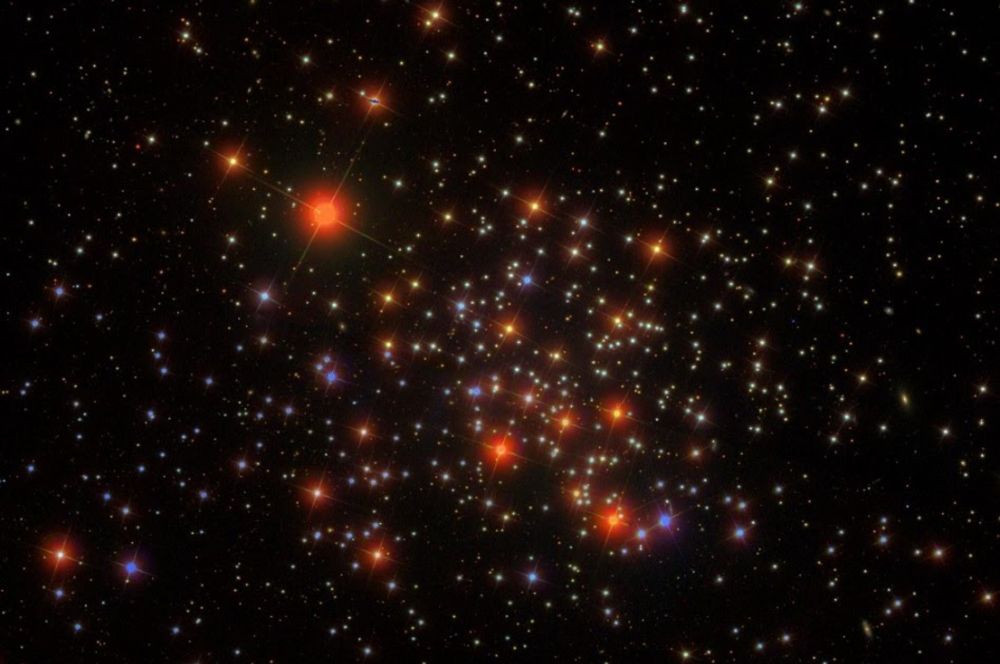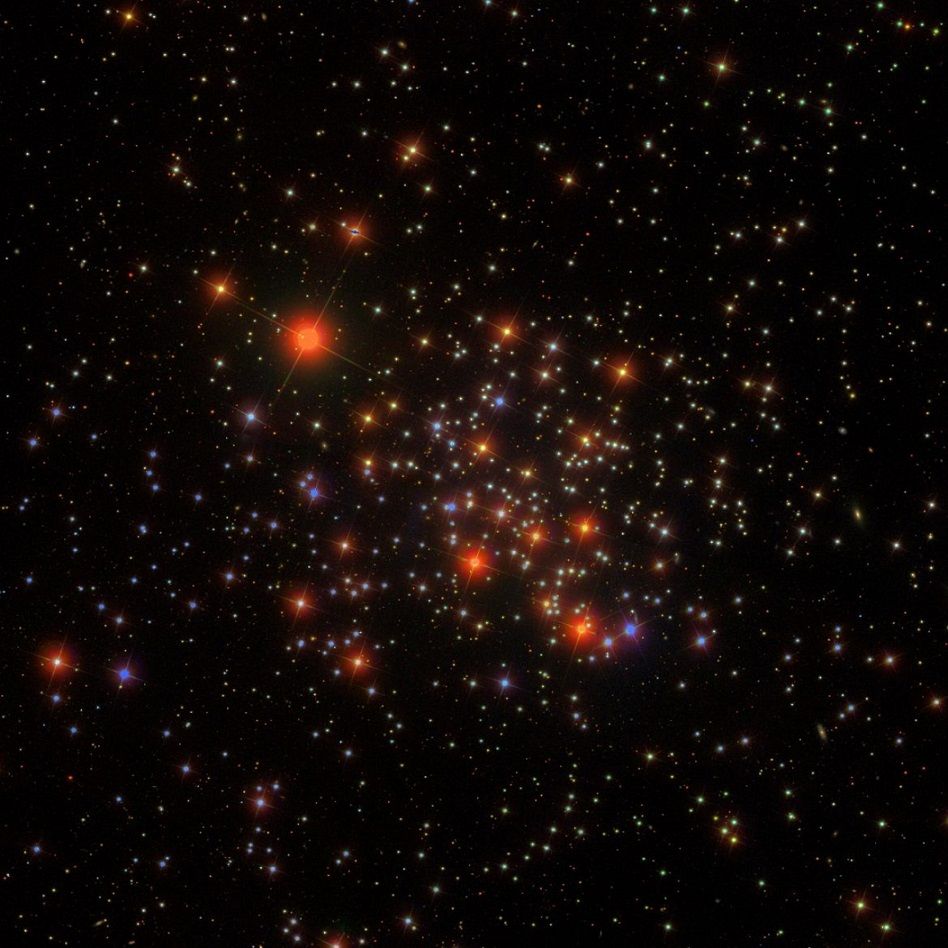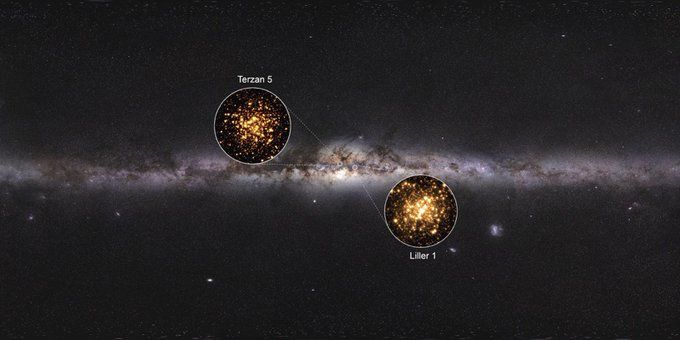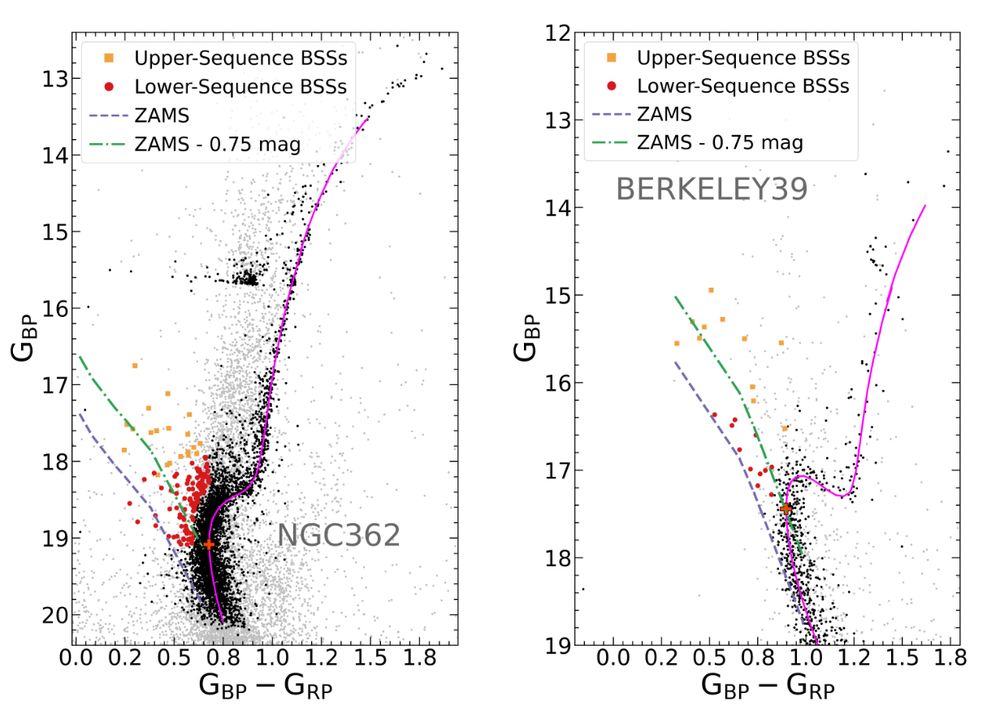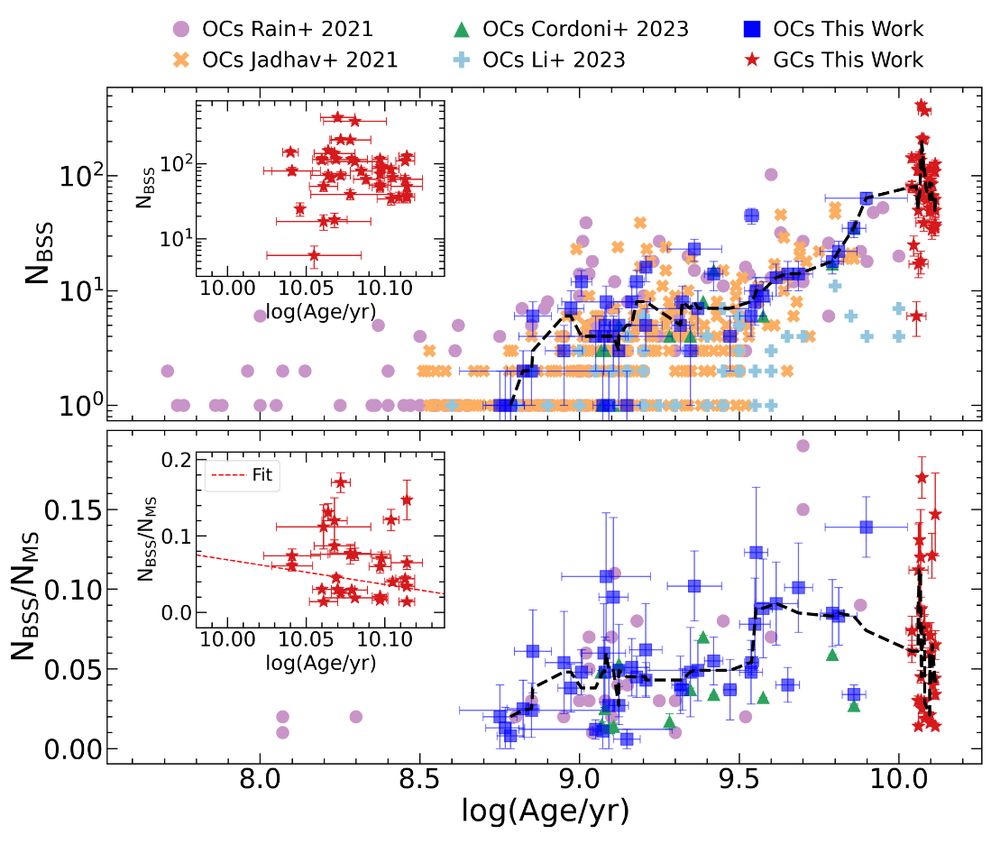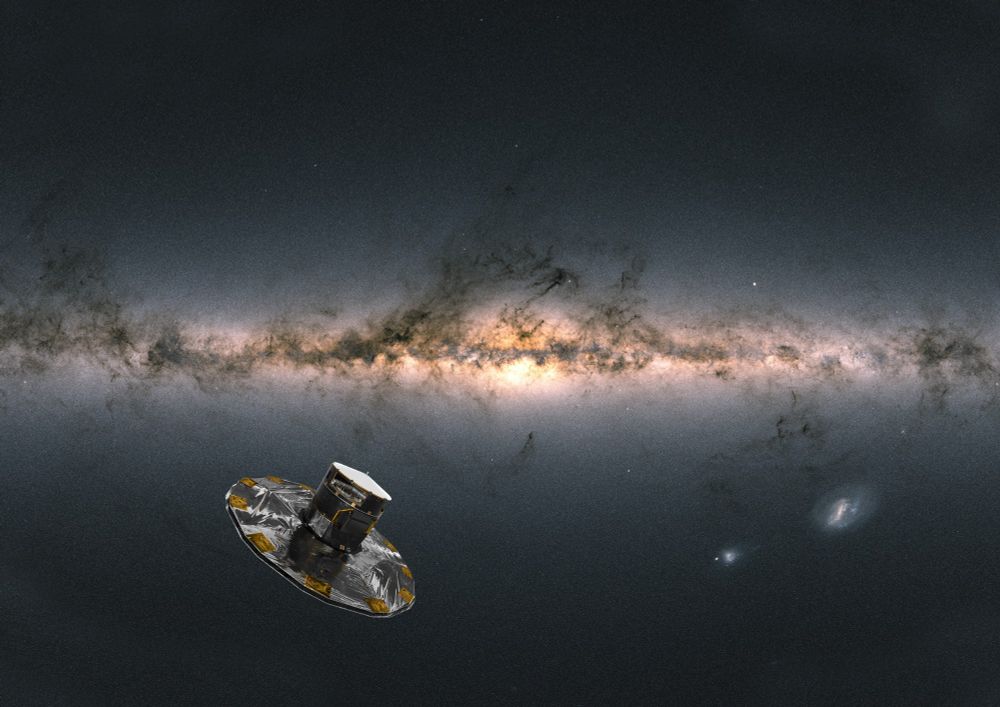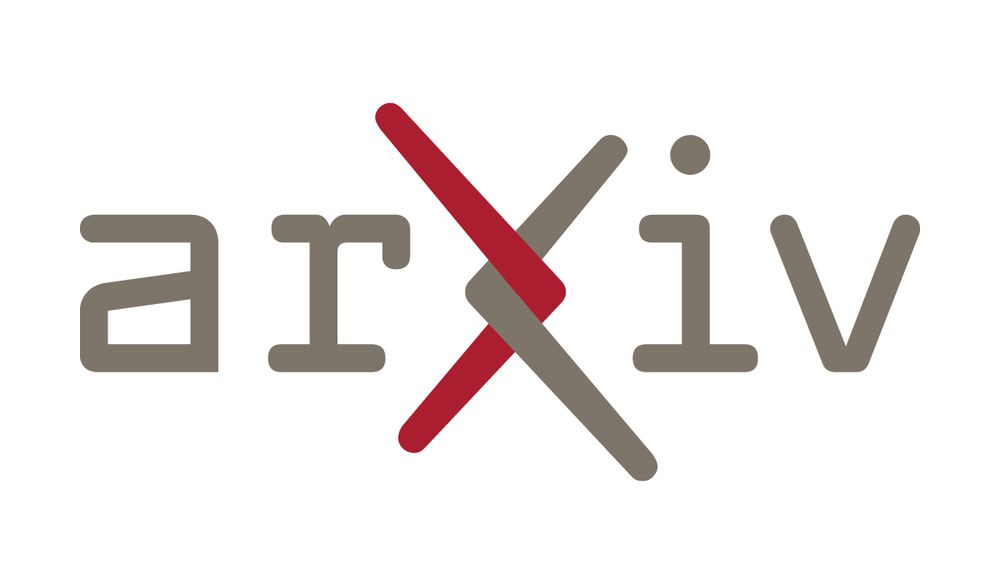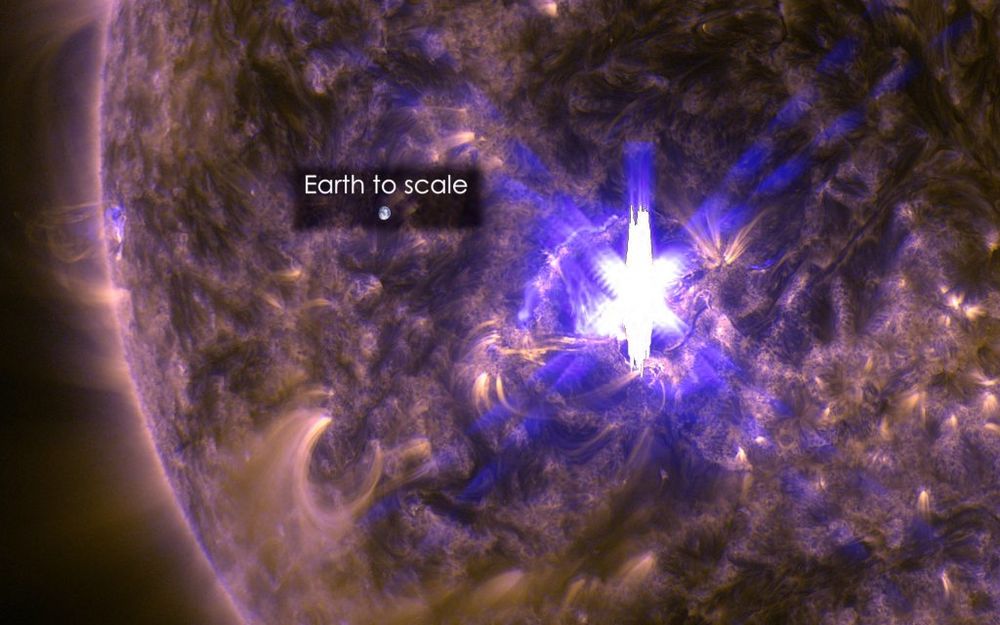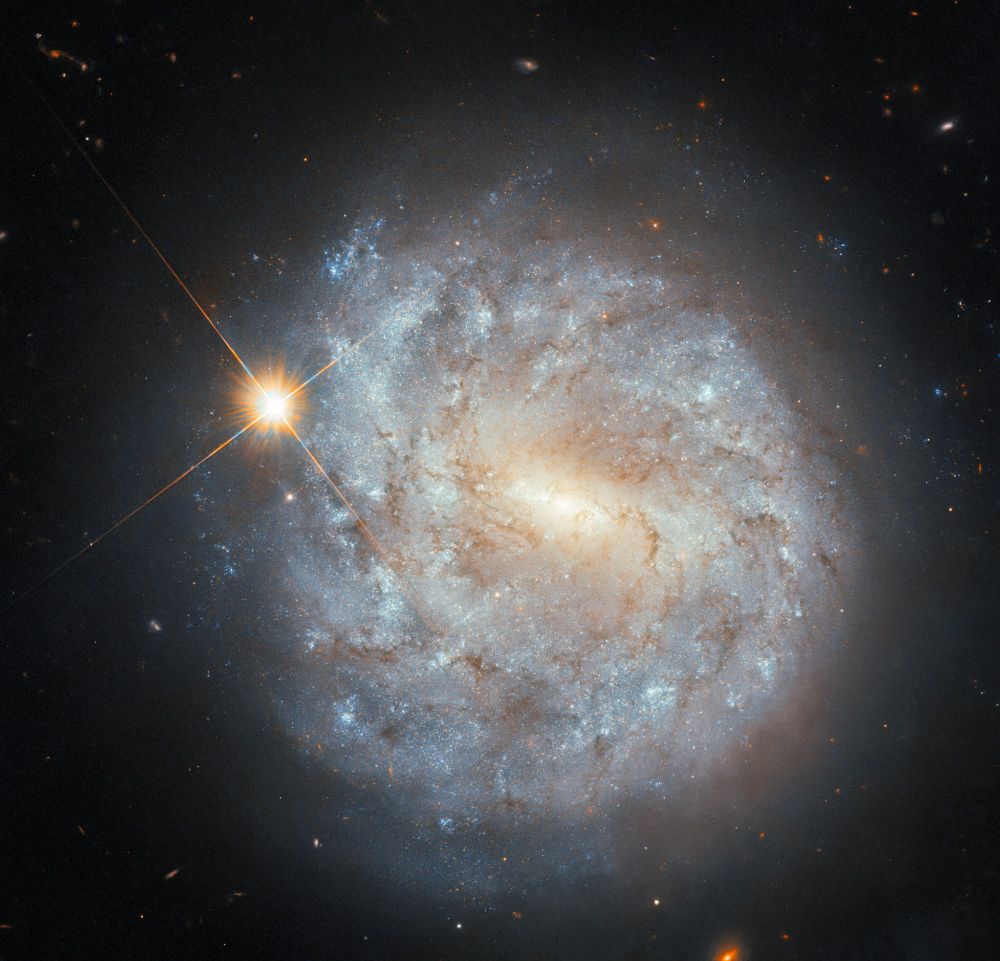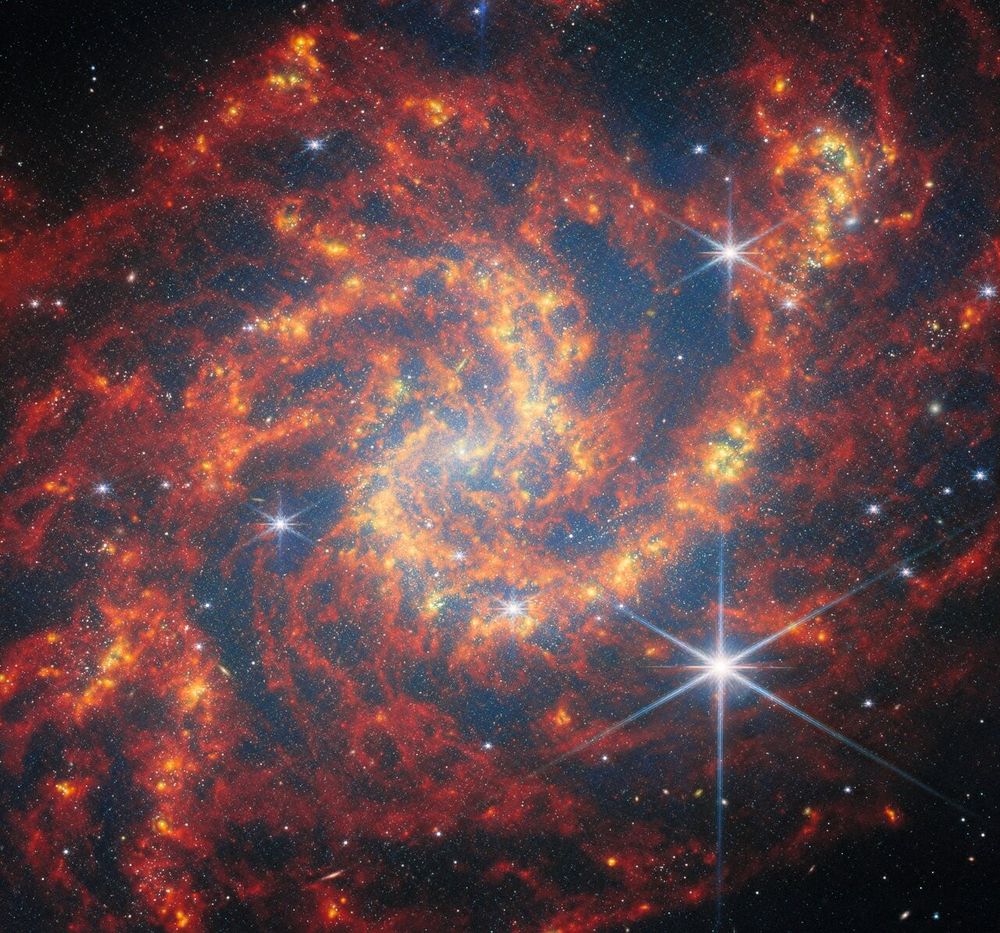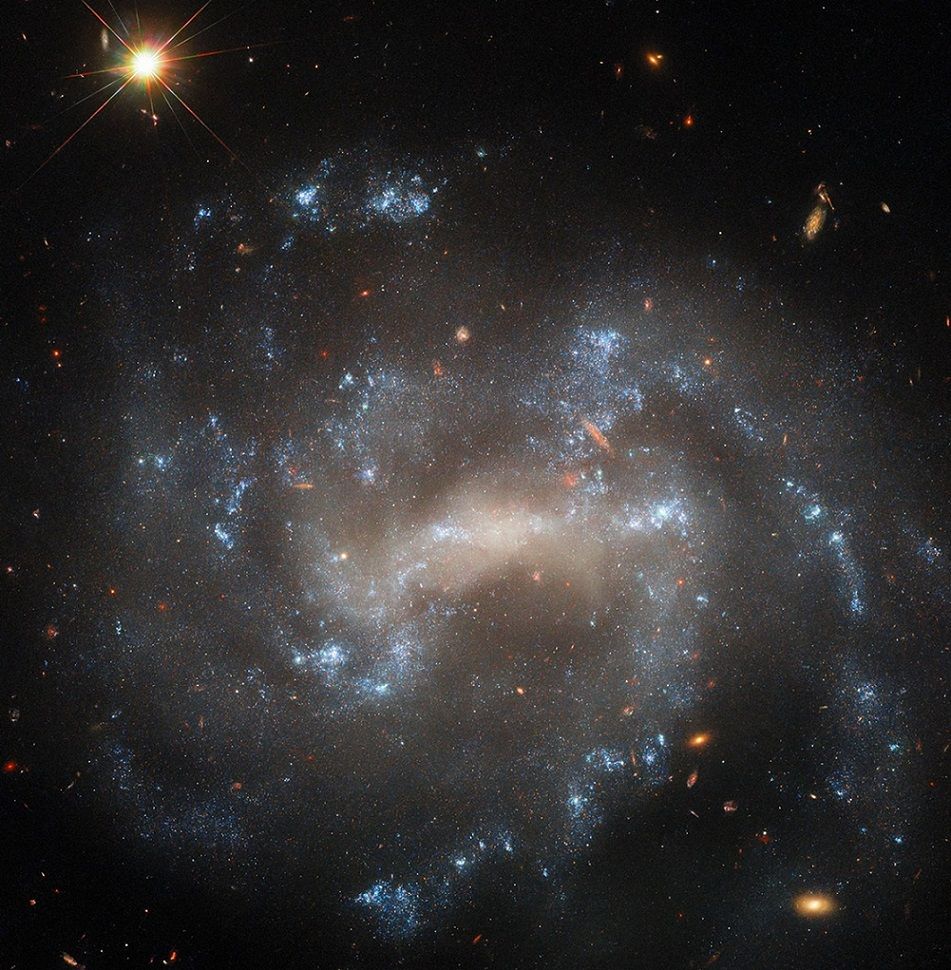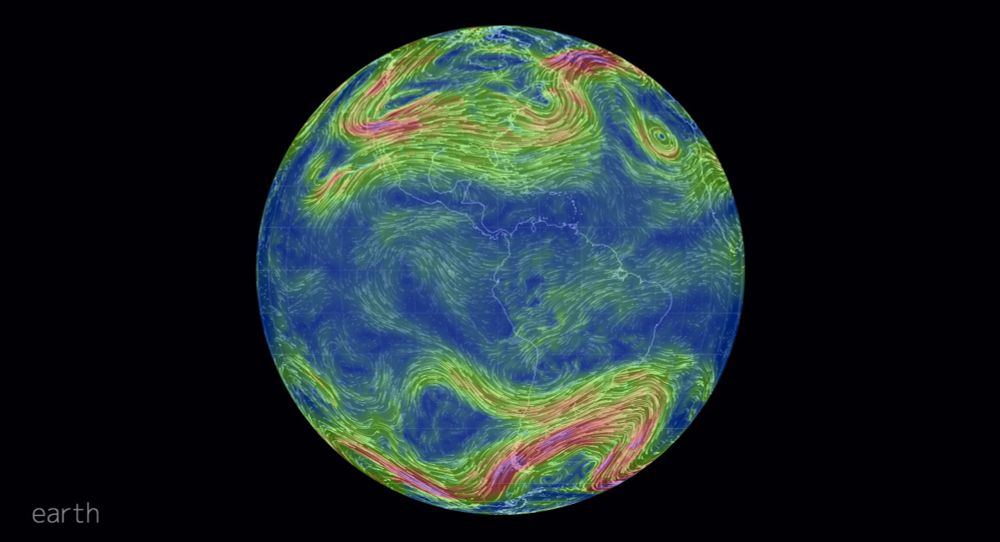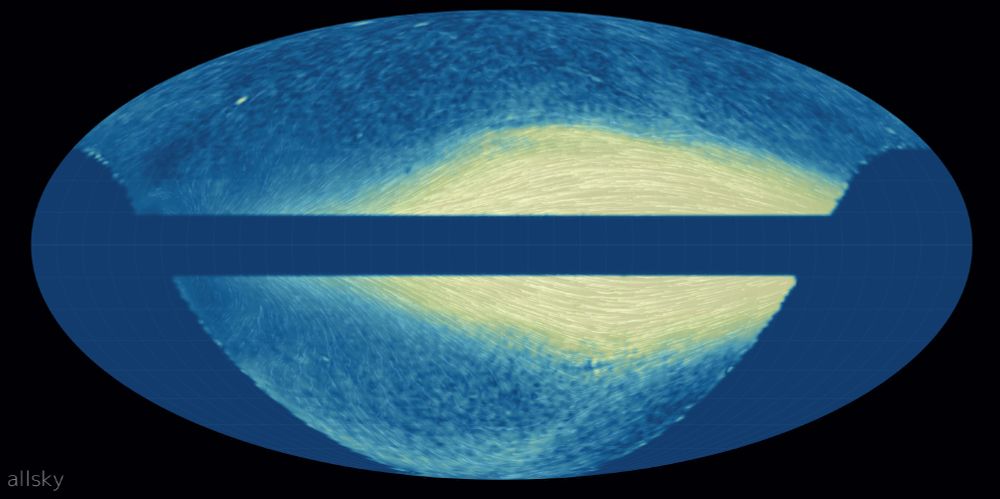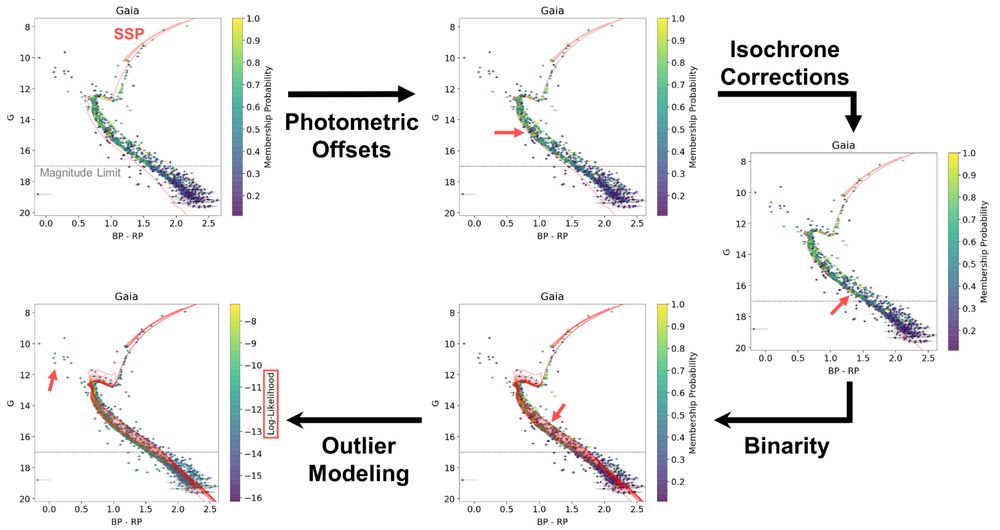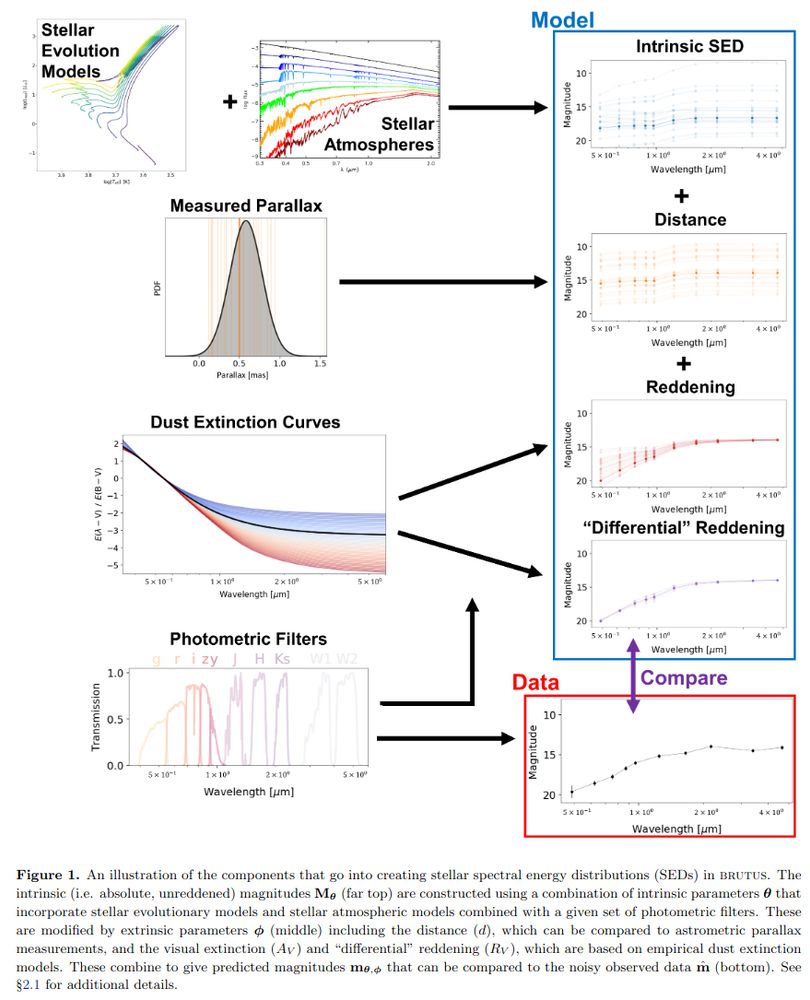Search
- Fyi, I think I changed the hashtag for the stellar astronomy feed to #stellarastro to avoid false positives
- 🧵 This fantastic composite image by Hubble shows NGC 3603, a vast star-forming nebula containing a huge star cluster, located some 20,000 ly away in the Carina–Sagittarius Arm of the Milky Way. Whole credits and image source at ➡️ science.nasa.gov/asset/hubble... 🔭 🧪 #galactic #stellarastro #HST
- Really interesting! 🔭 🧪 #stellarastro
- 7/7 Integration with #Hubble and X-ray observatories adds additional layers of information, creating an image that is both a work of art and a cosmic encyclopedia. Image Credit: ESA/Webb, NASA & CSA, G. Gozaliasl, A. Koekemoer, M. Franco, and the COSMOS-Web team 🔭 🧪 #stellarastro #cosmology #Webb
- 🧵 This breathtaking image from #JWST, published last April 29, depicts a cosmic field filled with thousands of galaxies. THOUSANDS OF GALAXIES! Stars, marked by diffraction spikes, are within the Milky Way. Reference➡️ esawebb.org/images/potm2... 🔭 🧪 #stellarastro #cosmology #Universe #Webb
- The website for the school it was presented at has recordings of all the lectures - looks like a great resource for anyone wanting an introduction to modern stellar physics #astroedu #stellarastro 🔭 🧪
- Interested in stellar physics? Orlagh L. Creevey has posted their lecture notes & recorded lecture from a day-long introduction to stellar physics with Gaia! #astroedu #stellarastro 🔭 🧪
- 🧵 This stunning #Hubble image shows AFGL 5180, a beautiful and vast star-forming region in Gemini. ➡️ nasa.gov/image-featur... Hubble’s WFC3 is able to capture images in visible and infrared light and so to see more clearly the young stars hidden in a dusty stellar nursery 🔭 🧪 #stellarastro #HST
- 🧵 This alluring false-color composition from WISE (Wide-field Infrared Survey Explorer) shows the Rho Ophiuchi cloud complex glowing in various colors that represent different wavelengths of infrared light. ➡️ apod.nasa.gov/apod/ap11041... Credit: NASA, JPL-Caltech, WISE Team 🔭 🧪 #stellarastro
- 🧵 This ethereal beauty image, taken by JWST's Mid-Infrared Instrument (MIRI), showcases NGC 346, a young open star cluster with the associated nebula located some 200,000 ly away in the nearby Small Magellanic Cloud (SMC). ➡️ esa.int/ESA_Multimed... 🔭 🧪 #extragalactic #stellarastro #Webb #JWST
- 🧵 NGC 6302, also known as the Butterfly Nebula, is a remarkable example of how stars, as they age, can take on some nice shapes sometimes resembling flowers or insects. ➡️ apod.nasa.gov/apod/ap22112... This #Hubble image has been processed to highlight incredible 🔭 🧪 #stellarastro #galactic
- This splendid, new image of the young star cluster NGC 346 is part of the celebrations for the 35th anniversary of Hubble. Credits: ESA/Hubble & NASA, A. Nota, P. Massey, E. Sabbi, C. Murray, M. Zamani (ESA/Hubble) science.nasa.gov/missions/hub... 🔭 🧪 #stellarastro #cosmology #HST #extragalactic
- Excited to share our latest paper exploring binarity at SMC's low metallicity! 🌌 We've uncovered intriguing results about the binary fraction of B stars. Feedback and discussions warmly welcomed! arxiv.org/abs/2503.21936 #stellarastro #Binarity #MassiveStars
- 🧵 1/6 This fantastic composite, depicting the double star cluster NGC 1850, is one of the images released to commemorate the 25th anniversary of Chandra X-Ray Observatory. ➡️ chandra.cfa.harvard.edu/photo/2024/2... NGC 1850 is rather unusual as no other objects 🔭 🧪 #extragalactic #stellarastro
- 2/2 This study, led by UNSW Sydney researchers, focuses on 27 stars with similar ages and compositions to our Sun, but in different evolutionary stages. Let's dig deeper... More at my post ➡️ www.tutto-scienze.org/2025/04/m67-... 🔭 🧪 #galactic #stellarastro #cosmology
- 1/2 A recent study explores how the acoustic vibrations of stars in the open cluster M67, located 2,700 ly from Earth in the Milky Way, can reveal crucial information about their internal structure and evolution. Image credit: Sloan Digital Sky Survey | CC BY 4.0 🔭 🧪 #galactic #stellarastro
- 3/ Terzan 5, a similar object, has been classified as a globular cluster for decades, but revealed as Liller 1 the presence of both very young and very old stellar populations. Article➡️ cosmic-lab.eu/Cosmic-Lab/L... Image Credit: F.R. Ferraro/C. Pallanca (UniBO) 🔭 🧪 #galactic #stellarastro
- Paper: #galactic #stellarastro
- Nice paper out today by Francisco Carrasco-Varela et al. looking at blue straggler stars in #galactic open and globular clusters! ☄️ #stellarastro These weird stars form in mergers, and in their comprehensive survey they find an increasing fraction with age and multiple 'bumps' over time.
- ESA's Gaia mission has been a milestone in our understanding of the Universe. Its farewell closes a chapter, but it leaves behind a remarkable legacy of discoveries that will continue to influence astronomy for decades to come. Thank you, Gaia. 🔭 🧪 #Gaia #ESA #histsci #stellarastro #cosmology
- Hi #stellarastro #Astronomy 🔭 Is there a Delta Scuti type stars expert here? I have some questions! Thaaaanks 😁
- today my first first author paper came out on arxiv (arxiv.org/abs/2503.05867)! this archive was a labor of love and there are still more updates to come in 2025 🤩 if you need high resolution archival NIR spectra check out RRISA for IGRINS :-) #astro #stellarastro
- 1/2 Did you know solar flares usually come from Sun's active regions, often around sunspots, several times the Earth's size or more? An X2.2 class solar flare was captured by NASA’s SDO on March 11, 2015. Credit: NASA/GSFC/SDO ➡️ svs.gsfc.nasa.gov/11805/ 🔭 🧪 ⚛️ #Astrophysics #stellarastro
- Interestingly, the star, which is marked by four long diffraction spikes, is located in our Milky Way just 7,109 ly from Earth. This highlights how images of the cosmos can include objects at very different distances, creating a sort of perspective illusion. 🔭 🧪 #extragalactic #HST #stellarastro
- This star & spiral galaxy may appear to be neighbours, but they're actually separated by 45 million light-years. The image of the pair combines data from two instruments on the NASA/ESA #Hubble Space Telescope, taken more than 20 years apart. Read more 👉 esahubble.org/images/potw2... 🔭
- 🧵 JWST's instruments, NIRCam and MIRI, reveal spectacular details of the spiral galaxy NGC 2283, in this image created by combining six shots with different filters in the near and mid-infrared. Credit: ESA/Webb, NASA & CSA, A. Leroy ➡️ esawebb.org/images/potm2... 🔭 🧪 #extragalactic #stellarastro
- 🧵 Hubble has captured a detailed image of the spiral galaxy UGC 5460, which is not only an object of cosmic beauty, but also a natural laboratory for studying extreme stellar phenomena such as supernovae. Reference➡️ science.nasa.gov/missions/hub... 🔭 🧪 #extragalactic #stellarastro #HST #Hubble
- Ok, there is a SERIOUSLY cool online visualization that they made to go with the paper, which shows some very very pretty visualisations of the motion and parameters of our galaxy's stars #galactic #stellarastro
- Paper #3 of today for me is another by Josh Speagle et al., where they create a massive catalogue of 170 million stars (mostly in the halo/thick disk) that have accurate parameters derived with their BRUTUS code. #galactic #stellarastro arxiv.org/abs/2503.02200 Some very pretty figures!
- One thing that particularly caught my eye is that they also do empirical photometric corrections using open clusters. Stellar models are usually still a bit wrong, so this correction step is probably a big bonus for their accuracy #galactic #stellarastro paper: arxiv.org/abs/2503.02227
- Paper number 2 of the day is by Josh Speagle et al., and is a new (open source!) code for inferring stellar paramaters! #galactic #stellarastro Very excited to finally see this work get published - it is a monstrously well thought through statistical framework for calculating accurate parameters!
